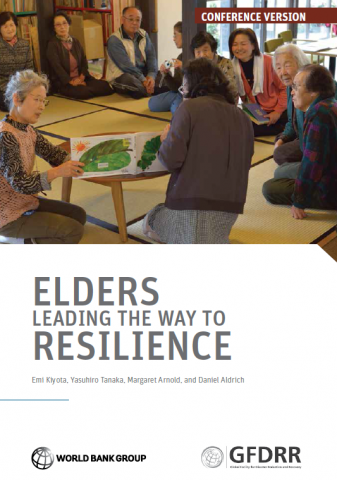Universal App: Identifying High Priority Public Warnings
This Guide describes the technique for identifying “high priority public warnings” that is used by the Universal App Program based on official alerts published using the Common Alerting Protocol (CAP) standard. “High priority” refers to situations in which people need to act immediately or within the next hour, in response to an extraordinary or significant threat, that is already observed or is likely to occur. Whether any particular alert should be treated as a high priority public warning is primarily a matter of policy. However, this Guide deals only with the technical matter of how an alert in CAP format is identified as a high priority public warning for the purpose of dissemination using the Universal Hazard app.

